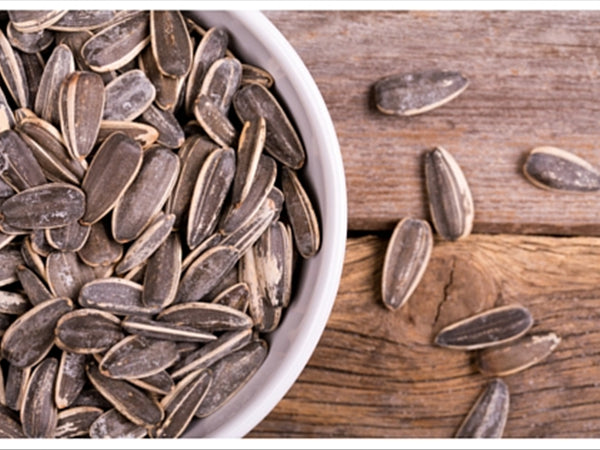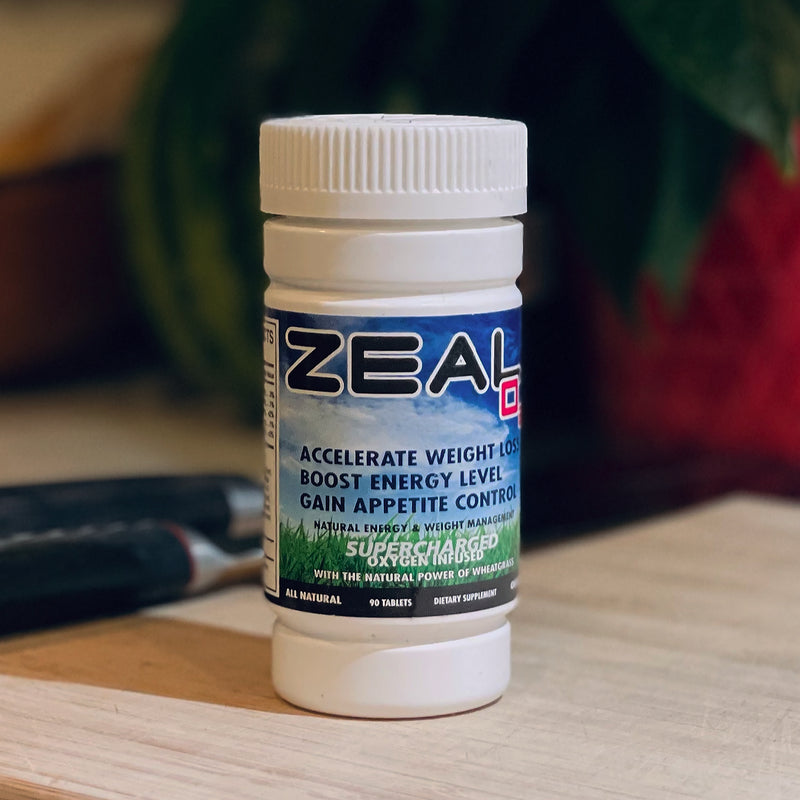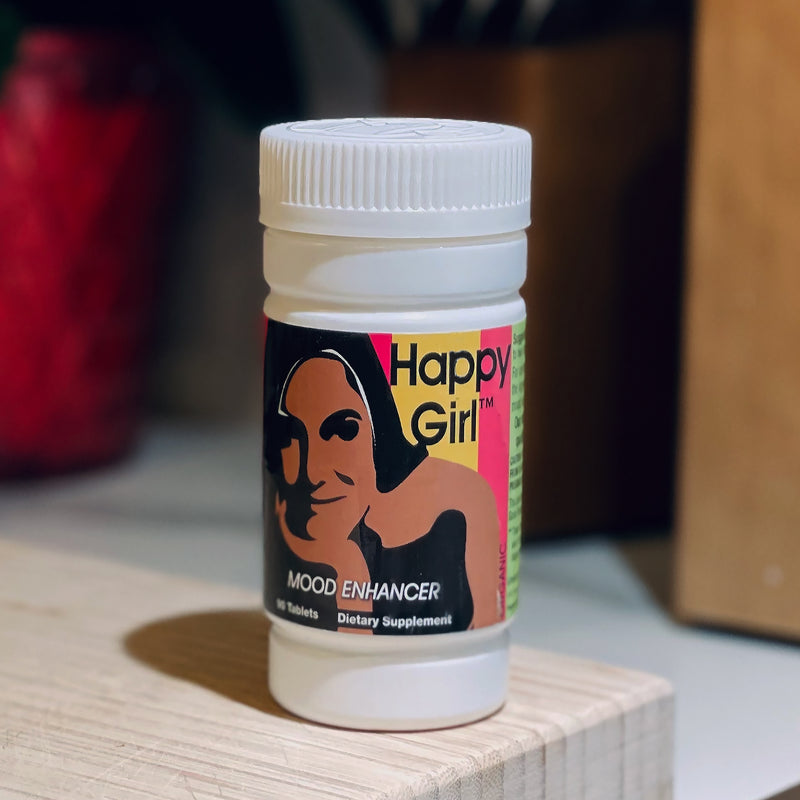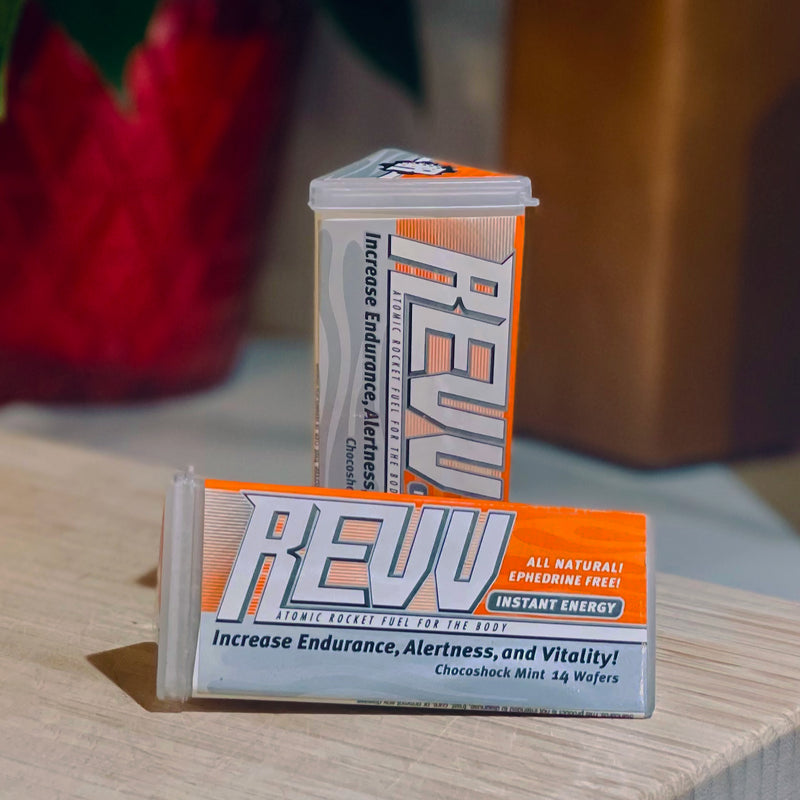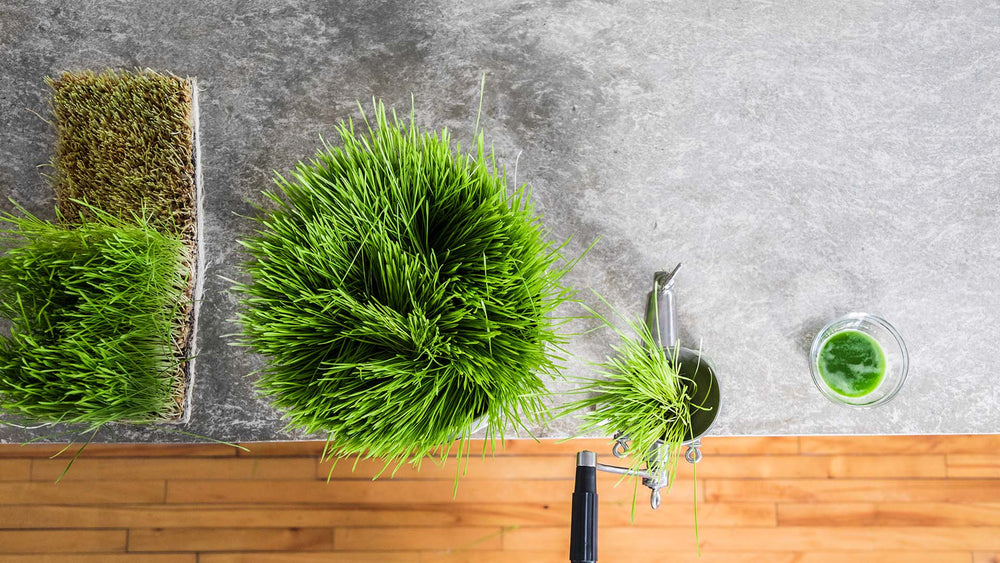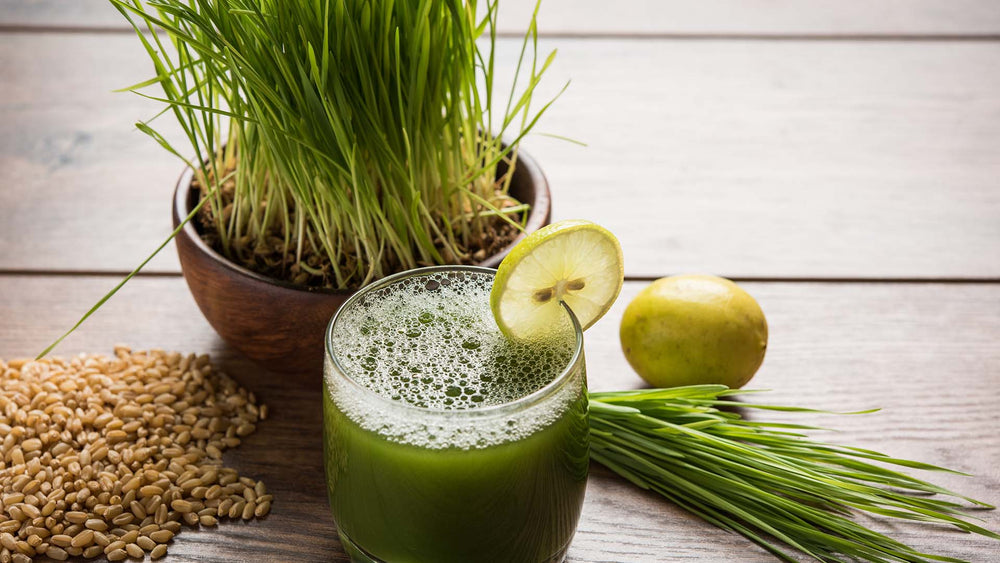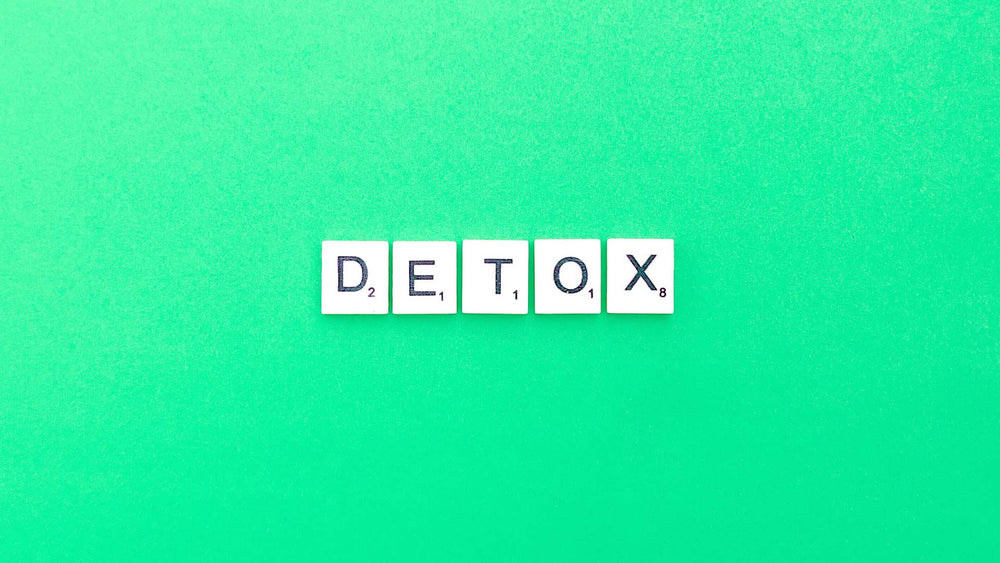Many people stock up on high fiber foods when they’re constipated, in hopes of restoring regular digestion. You shouldn’t wait until your digestive system needs extra help before including delicious high fiber foods in your diet. Fiber does a lot more than prevent constipation. It makes you feel fuller, and that satiety will help you to eat less. You’ll be able to maintain your current weight or lose weight more easily if you include healthy fibers in your diet. The main food groups containing fiber are:
Legumes (peas, beans)
Seeds (sunflower, pumpkin, chia, flaxseeds)
Fruits and vegetables (broccoli, avocados, strawberries, blackberries)
Whole Grains (oats, quinoa, millet, brown rice)
Soluble and Insoluble Fiber
Foods contain soluble or insoluble fiber, or a combination of both.
Soluble fiber is a magnet for water. It turns to gel and slows down the digestion process, guarding against spikes in blood sugar. This type of fiber is found in oat bran, seeds, lentils, peas and many fruits and vegetables. Consuming foods with soluble fibers lowers LDL cholesterol, reducing the risk of heart disease.
Insoluble fiber is plentiful in whole grains, wheat bran and certain vegetables. It helps food run through your stomach and intestines quickly, keeping your system clean and reducing the chance of constipation. Foods containing insoluble fiber are recommended for treating irritable bowel syndrome (IBS), constipation and diverticulosis
High-fiber fruits contain plenty of water to aid digestion, and beans contain protein, vitamins, minerals and lysine as well as fiber. (Lysine is a protein-rich amino acid.)
Soluble fiber is helpful in preventing heart disease. A high-fiber diet reduces bad (LDL) cholesterol. Increase your fiber intake with beans, fruits, vegetables, nuts and seeds to increase good, or HDL cholesterol. Fiber reduces high blood pressure and lessens the chance you’ll develop metabolic syndrome, a condition that leads to diabetes, obesity, heart disease and stroke.
General Facts about High-Fiber Foods
Eating cereals with insoluble fibers reduces the risk of diabetes. People who have type 2 diabetes should eat soluble fiber to control blood sugar levels.
Add chia seeds, nuts, sunflower seeds, peas, kidney beans or black beans to salads. Make soups and stews with lentils, peas, chickpeas and brown rice to increase fiber intake. While you’re at it, add fresh or frozen broccoli, baby carrots into stews or whole wheat pasta.
Eat apples and pears with the peel intact. An unpeeled apple contains 4.4 grams of fiber, without the skin it only contains 2.1 grams of fiber. The peel also has most of the Vitamin C and Vitamin A. The antioxidant quercetin, also found in apple peels, contributes to lung health and may protect against Alzheimer’s.
Pears are just as cleansing for the digestive system as prunes, and you’ll probably like the taste better! They contain 3 grams of insoluble fiber and 2 grams of soluble fiber. The soluble fiber helps you feel full by drawing water from your intestines into food particles during digestion. A medium pear has 102 calories, and contains several key phyto-nutrients, including quercetin, kaempferol and catechin. The skin contains half of a pear’s fiber content, so eat it intact.
Grind sunflower or pumpkin seeds in a coffee grinder and add to yogurt, fruit salad soups or main dishes to add crunch and fiber. Buy bread labeled “100% whole wheat”.
Bring pears, apples, seeds or nuts with you for a snack instead of spending money on candy from the vending machine. You’ll save calories and that avoid mid-afternoon energy slump.
Why is Fiber Good for You?
Fiber cleans out your colon, removing toxic bacteria in your intestines to help prevent colon cancer.
Whole grains with insoluble fiber move through your intestines faster than other food, making you feel full.
Fiber may move through your intestines fast, but the sugar in beans and other fiber-rich foods is absorbed into your bloodstream slowly. This keeps blood glucose steady. Rapid falls in blood glucose level can make you feel hungry even if you’ve eaten a full meal. This may lead to overeating and weight gain.
As you may have guessed, fiber-rich foods keep you regular. Eating berries, seeds, nuts, green vegetables and beans prevent constipation, making you feel lighter and weight loss!
Foods high in fiber are loaded with other nutrients, like antioxidants, Vitamin C and protein. Fiber-rich fruits, including pears and berries, also contain water to loosen up any stoppages in your digestive system. Check out this list of some of the most delicious high fiber foods for better health.

Lentils
Lentils are rich in soluble and insoluble fiber, and they encourage healthy digestion. A cup of cooked lentils offers 15 grams of dietary fiber. The recommended daily allowed for fiber is 25 grams for women and 38 grams for men, so eating a bowl of homemade lentil soup gives you about half of your RDA of fiber for the day. Lentils also contain energy-boosting Vitamin B6 and Vitamin B12, potassium, Vitamin A, magnesium and iron. Check out these quick and easy lentil recipes.

Peas
Fresh, canned or frozen peas are inexpensive and can be used in soups, as a side dish or an ingredient in a main entrée. Try this recipe for split pea soup or this one for Fresh Sesame Snap Peas with Carrots and Peppers.
There are 7 grams of fiber in a cup of green peas. These tasty veggies are high in protein, and improve your overall bowel health to prevent constipation. A cup of green peas contains 44% of the recommended daily value of Vitamin K for healthy bones. And peas help lower triglycerides and increase good cholesterol.

Berries
Prunes aren’t the only fruit that helps you “go.” All berries, including raspberries, blackberries, strawberries and blueberries cab keep your digestive system running smoothly.
Blackberries provide plenty of fiber to keep your digestive system well-oiled. One cup contains 8 grams of dietary fiber, 62 calories and more antioxidants than any other food. According to a research published in the American Journal of Clinical Nutrition, blackberries have more antioxidants than walnuts, strawberries, raspberries or blueberries.
Raspberries contain 8 grams of fiber per cup and are supercharged with Vitamin C, iron, magnesium and B-complex vitamins. Like apples, they contain quercetin, along with catechins and the the phyto-antioxidants ellagic acid and anthocyanin.
Blueberries offer antioxidants galore and 3.6 grams of dietary fiber. They have a low glycemic index (GI) like other berries. Subjects with diabetes 2 who ate blueberries daily showed improvement in regulation of blood sugar during a three-month study. Blueberries are high in Vitamin K, which promotes strong bones, and inflammation-fighting Vitamin C.
Strawberries have four grams of fiber per cup, and 12% of your daily recommended value of Vitamin C. Although strawberries contain 12 grams of natural sugar, they also have a low glycemic load and won’t cause your blood sugar to fluctuate. A study at Ohio State University many berries, including strawberries and raspberries, help reduce the risk of cancer.
Learn to eat berries plain, without sugar or gobs of whipped cream. They taste delicious even without high-calorie accompaniment. Put them in pancakes, cereal or oatmeal, or toss them in a salad with other fiber-rich fruits, seeds and nuts.

Avocados
There are 10 grams of fiber in a cup of chopped avocado, and this creamy green fruit also contains magnesium, Vitamin E, potassium, Vitamin C, Vitamin E and energy-boosting B-Vitamins. Avocados are loaded with healthy Omega 3 fatty acids and oleic acid to fight inflammation and heart disease. Although avocados contain Omega 3s, they are high in other fats, so restrict your intake to a few times a week. Slice plain avocados to use in salads or on sandwiches or try a Feel Good and Plenty The antioxidants and anti-inflammatory properties of avocado offer protection against arthritis and other degenerative diseases. The fiber in an avocado is 37% soluble and 63% insoluble.

Chia Seeds
These whole grain seeds are gluten-free and derived from the South American Salvia Hispanica plant. Ancient Mayans used them for energy, and the fiber content isn’t too shabby, either. Small black chia seeds offer 10 grams of fiber per ounce. An ounce of chia seeds also contains 4 grams of protein, 5 grams of Omega 3 fats, magnesium, phosphorus, calcium, zinc and niacin. Sprinkle them on top of cereals and oatmeal, or add to soups, salad or stews. You can even eat them as a crunchy, guilt-free snack.
Chia seeds aren’t the only fiber-packed, crunchy alternative to junk food snacks. All nuts and seeds provide fiber, so take your pick.
Fiber content of one cup, selected nuts and seeds :
Peanuts: 12 grams
Walnuts: 5 grams
Sunflower Seeds: 12 grams
Pumpkin Seeds: 12 grams
Brazil Nuts: 10 grams
Almonds: 16 grams
Flaxseeds: 46 grams, whole flaxseeds
And don’t forget the popcorn. Plain, air-popped popcorn is full of fiber and has 30 calories per cup. Keep butter and salt away from this whole grain and you’ll reap all the benefits of fiber.

Oats
Oatmeal is one of the healthiest foods you can eat. A cup of instant oatmeal contains 4.0 grams of fiber, and studies indicate oats play a role in preventing colorectal cancer. A joint British-Dutch study showed that a diet high in fiber from cereals and oatmeal resulted in a lower chance of colorectal cancer. The odds of developing cancer were reduced by 10% for every 10 grams of fiber in study participants’ diets, according to researchers.
A bowl of oatmeal in the morning can fill you up and leave you satisfied, reducing hunger and making it less likely you’ll overeat later in the day. Oatmeal and other whole-grain foods are linked to a lower body-mass index (BMI). This is probably due to the high level of beta-glucan in certain types of oatmeal. Beta-glucan, polyphenols and the resistant starch in oatmeal benefit gut health, particularly the lower gastrointestinal tract. Studies show oats and oat bran aid in relieving constipation and maintaining a healthy body weight.
For even more fiber, buy whole oat groats instead of oatmeal. A cup of whole oat groats (unhulled oats) contains 5 grams of fiber. Add blueberries or other berries to a bowl of groats for breakfast or a healthy, fiber-rich snack for weight loss.

Broccoli
Broccoli is considered a superfood by many nutritionists, and its fiber content is one of the reasons. A cup of chopped, boiled broccoli has 5.1 grams of fiber. Add that to its low calorie count (55 calories in a cup), long list of vitamins and minerals and anti-inflammatory and anti-cancer properties, you’ve got a don’t miss food for better health.
A cup of broccoli has 245% of the daily value of Vitamin K, 135% of Vitamin C, 42% of folate and 21% of fiber. Include broccoli as a side dish with lunch or dinner, toss it in pasta, soups and salads, or add it to your breakfast omelet.

Wheatgrass
Another fiber-rich superfood, wheatgrass, when taken in supplement form, helps digestion. Unfortunately, humans can’t eat wheatgrass raw, but supplement pills, smoothies and wafers encourage healthy digestion and provide dozens of other health benefits.

Black Beans
If you love tacos and Mexican food, you may already be getting enough fiber in your diet. A cup of black beans has an amazing 15 grams of dietary fiber.
Studies show black beans aid digestive health, and are excellent for preventing colon cancer. Along with kidney beans, chickpeas, yellow split peas and other legumes and beans, they offer 20% of your daily recommended fiber value and 10% of daily recommended protein.
All beans are rich in fiber, so you can eat different types of beans throughout the week and still get the same amount of dietary fiber. Here’s a rundown of different beans and their nutritional and fiber value:
Kidney beans
Kidney beans offer 16 grams of cholesterol-lowering fiber per cup, and their ability to prevent blood sugar spikes make them a good choice for diabetics. These beans are high in the trace element molybdenum, which reduces the effect of food preservatives called sulfites. Used to preserve pre-packaged foods or dishes from salad bars, sulfites may cause headaches or rapid heartbeats in sensitive people.
Lima beans
These delicate beans are sometimes referred to as “butter beans”, have 14 grams of fiber per cup, or 53% of the daily recommended value for fiber. They’re also packed with protein, manganese, magnesium, potassium, iron and folate. Like lima beans, they contain molybdenum to reduce the toxic effects of sulfites.
Pinto beans
With 15 grams of fiber per cup, pinto beans not only keep you regular, they lower cholesterol. The insoluble fiber content in pinto beans increases stool bulk and prevents constipation and problems leading to irritable bowel syndrome and diverticulosis..
White beans
White beans have 19 grams of fiber per cup, and offer high levels of folate, potassium, calcium and Vitamin B6. They are among the most economical beans out there, and can be stored eight to ten years without loss of flavor or nutrients if hermetically sealed.
Beans have numerous good points, but we all know they have an annoying side effect. Eating too many beans causes gas or flatulence in most people. You can minimize this by rinsing or soaking dry beans thoroughly before cooking.
Add these and other high-fiber foods (brown rice, millet, barley, okra, coconut, etc.) to your diet to keep your digestive system happy and maintain your weight.

